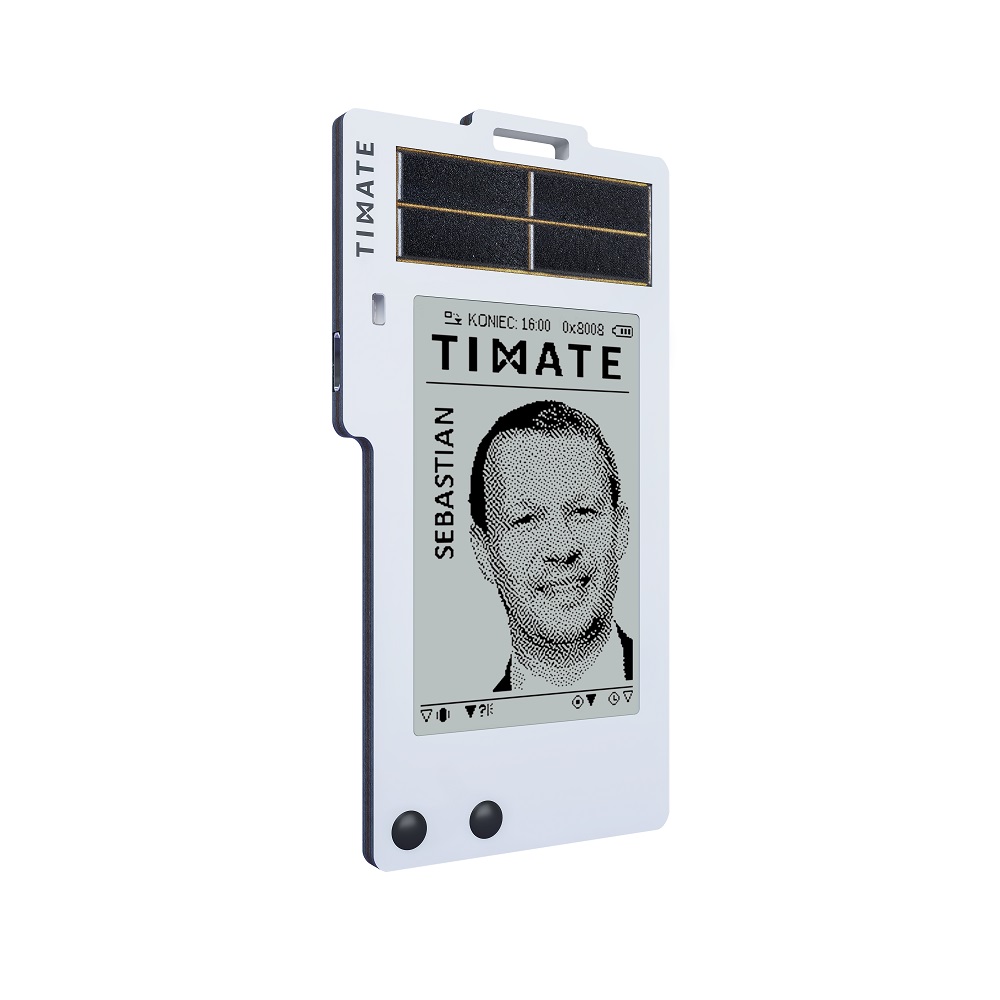From assessment through motivation to internal audits. Employees as the key drivers of change in an enterprise

The recent months have clearly shown that the only certain thing in business is change. A company that wants to survive the crisis and emerge without harm must learn to react quickly to new conditions. An effective change requires the commitment of not only the management board, but of employees in the first place. How can they be included in this process?
Entrepreneurs can reach out and get tools which they have known for years, but probably never saw the full potential of these tools. They are the employee assessment and the motivational system. If properly implemented and supported by technologies, they can have a positive impact on the conduct of employees and, thereby, change business processes. How does it work?
FIRST – ASSESSMENT
Employee assessment is often perceived as a necessary evil. Employees are afraid of it, because they do not see its purpose, while managers and HR departments treat it as an additional time consuming duty. Meanwhile, assessment has a great significance. It helps to discover and pro- perly use the team’s potential and it shows employers and employers the expectations set by the other party. It also allows to verify whether these expectations are met and what can be improved for expectations to be fulfilled.
Unfortunately, in most enterprises employee assessment is performed too rarely to bring the anticipated benefits. TIMATE’s team was thinking about the ways to enhance business operations and concluded that daily assessment of employees was the key. One of the reasons is that it enables simultaneous evaluation of enterprise management and business processes. No employee is an island: if they fail to perform tasks satisfactorily, their attitude results from the actions of other team members and and impacts these actions at the same time. If we do not notice that from the very start, we allow problems to grow. After six months or one year, it will take more time and costs to remedy the situation and implement any necessary changes. Sometimes it will even be impossible due to the excessive resistance within the organisation.
That is why the TIMATE system – which in its basic version records and analyses the working time – now includes the option of employee assessment at the end of the business day within different areas. The assessment is performed automatically based on the working data collected by the system. Employees get clear emoticons which inform them whether they have done their job as they should. A sad, neutral or smiling face is displayed on the employee's individual card/identifier.
What is the benefit? Both employees and employers get clear ongoing feedback, so they know right away if the working methods are actually effective. In the face of any problems, they can respond immediately by identifying and improving the areas that cause difficulties.

SECOND – MOTIVATION
This ongoing evaluation can bring another benefit, i.e. it can become a motivational system for employees. If every working day that has a positive assessment generates points which are then converted into rewards and bonuses, the company will have committed employees who will strive for the best results not only during the one month before the annual or semi-annual assessment.
Why is it so important? Because when a company allocates bonuses in a discretionary manner or according to vague criteria, it can really demotivate the employees. When bonuses are strictly correlated with the daily assessment, each employee knows the exact grounds for the amount of his or her bonus. Moreover, employees can actively influence this amount by working towards the best results in the tasks under assessment. In consequence, the whole company's way of operation changes in a bottom-up model. Employees are more effective, because they want to, not because they are forced by their superior.
The TIMATE card evaluates work in six areas: (1) recording time and attendance (arrival and exit, breaks); (2) use of the working time, i.e. correlation between the employee motion patterns and the job position, e.g. a welder should be standing, a warehouse operator should be walking, an accountant should be sitting at the computer; (3) safety, e.g. wearing a helmet, keeping distances, reporting of accidents, including a call for help, and remote evacuations; (4) performance of tasks sent to the card; (5) standard plan performance at the given job position (the relevant data can be input directly into the TIMATE system or uploaded from external software via the API communication module; (6) management, where the manager’s final assessment is the average of the assessments of direct reports in each of the above areas.

THIRD – INTERNAL AUDIT
Why implement such a system of assessment and motivation in an enterprise? First of all, in order to automate process changes. An assessment, especially if it is negative, sends the first alarming signal to managers and makes them take a closer look at the processes. It may turn out these processes are not fully optimal, e.g. employees wasting their precious time while waiting for the delivery of items they need for work; employees covering long distances everyday, because their workstation is exceedingly far from the locations they need to reach to get their job done, e.g. warehouses. The observation of employees behave helps to better understand business operations. Moreover, it allows to identify the areas that need improvement.
Such a solution activates employees and makes them adopt the role of internal auditors. They are effectively motivated to do their tasks well and get positive assessments which mean higher bonuses. So if while working they find an obstacle that is outside their control, e.g. an error in the process, they will be sure to report it to the superior. It is a win-win situation: managers win, because they get a reliable insight into how the company functions, they see causes of downtime, and they can quickly implement improvements and changes. On the other hand, employees win, because the work organisation is enhanced, while the bonus system is objective and fair.
THE INTERNET OF BEHAVIOURS – A NEW WAY OF ENTERPRISE MANAGEMENT
Assessment and motivation which drive changes in the behaviours of employees and in how the enterprise functions form a completely new method of management, based on the technology called the Internet of Behaviours (IoB). According to Gartner, it is one of the key technology trends in 2021. IoB is oriented around human behaviours and interactions, allowing to understand and change them.
One should always remember that people are the core of each enterprise. More and more often, they carry various sensors, e.g. in smartphones, identifiers or devices used for daily work such as the TIMATE cards which collect data regarding locations, routes covered by the users and the sequence of designated actions or operations. But these data as such have no significant value. They become significant only when analysed.
IoB allows to convert data into knowledge about people and their patterns of behaviour. In other words, it takes the raw data from various sensors and elements of the Internet of Things (IoT) and then generates specific information on how we act and make decisions. Moreover, it gives the opportunity to influence such behaviours. IoB means collecting and processing data as well as the use of such data to change the way people behave. This change will enhance the way an entire company functions on a daily basis.
A contemporary enterprise should be able to quickly adapt to the everchanging business environment. It will not achieve this without committed employees who will be the first to notice and report errors in various systems and initiate the process of error removal. Their commitment can be increased by the daily assessment correlated with the motivational system as well as by relevant technologies that will provide necessary data and translate into specific changes in how entire teams and businesses operate. The foundation of such changes is the internal audit: ongoing, more effective and much less costly than any external audit.
Author: Sebastian Młodziński, CEO, TIMATE





